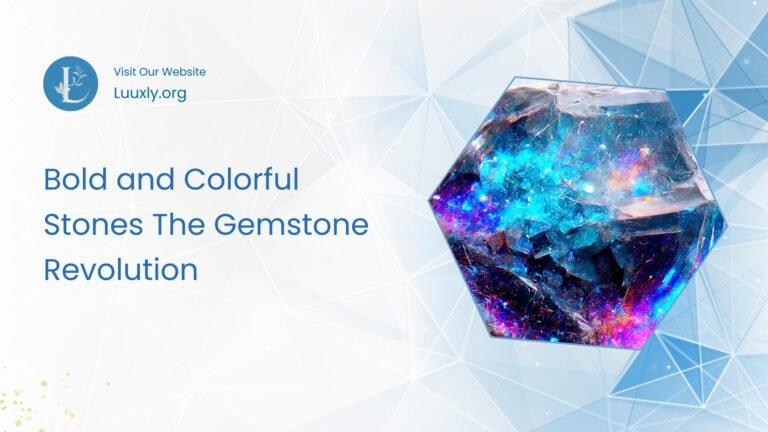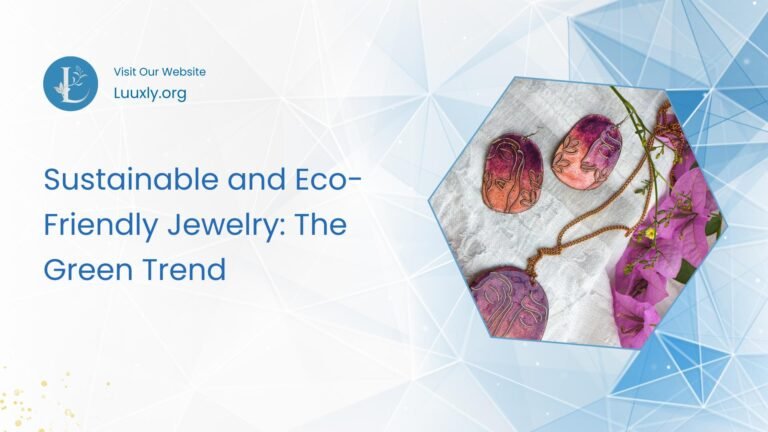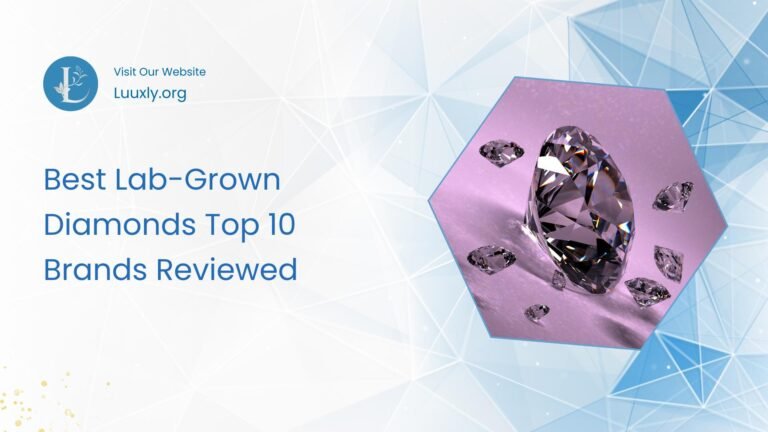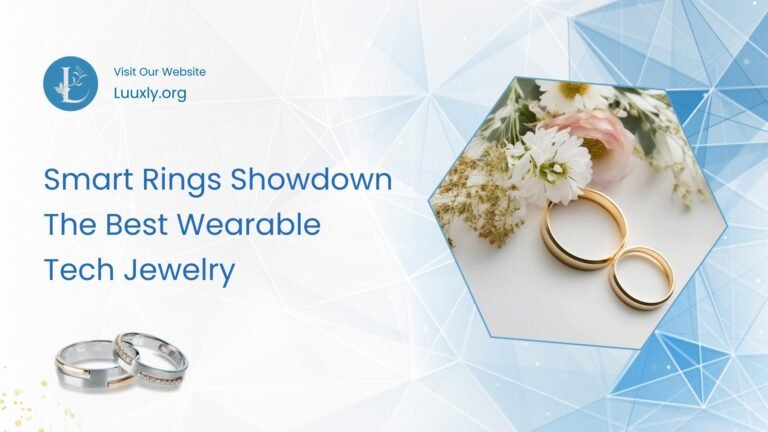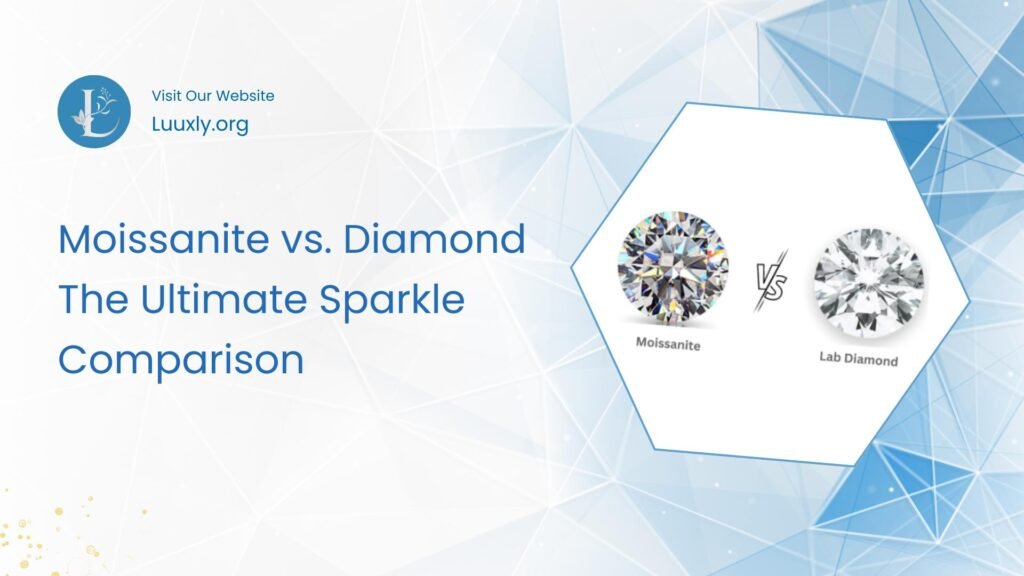
When it comes to choosing the perfect gemstone for an engagement ring or any other piece of jewelry, many people are faced with a tough decision: Moissanite vs. Diamond – The Ultimate Sparkle Comparison. Each of these stones has its unique charm, brilliance, and story. In this comprehensive article, we will delve into the remarkable differences and similarities between moissanite and diamonds. We’ll explore their origins, characteristics, pricing, and much more to help you make an informed choice that fits your style and budget.
Understanding the Origins and Composition of Moissanite and Diamonds
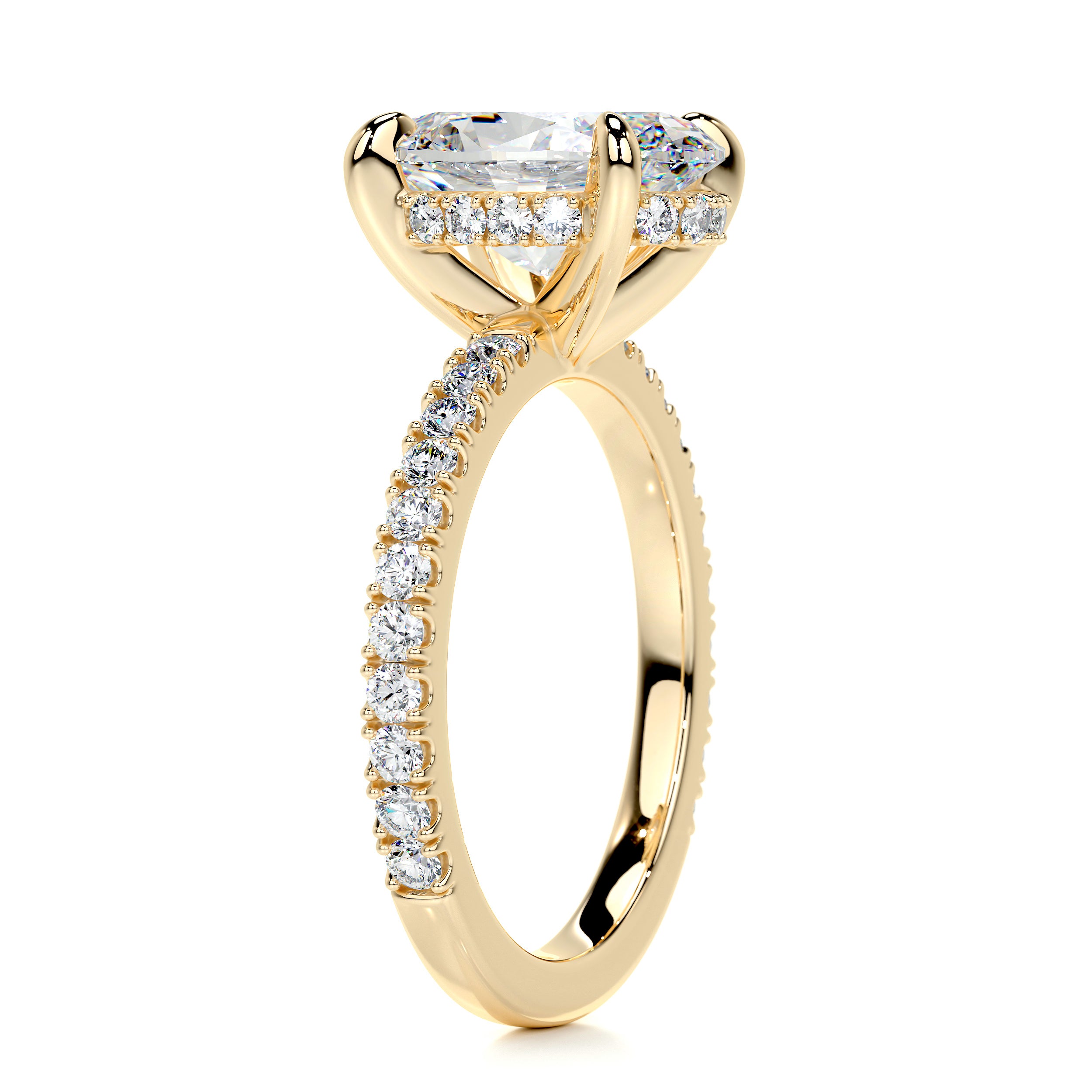
Before diving deep into the sparkle comparison, it’s essential to understand where both stones come from and what they are made of.
The Birth of Diamonds
Diamonds are formed deep within the Earth under immense heat and pressure over billions of years. They are composed of carbon atoms arranged in a crystal lattice structure, which gives them their unparalleled hardness and brilliance. The natural diamond formation process is lengthy and complex, arising from volcanic eruptions that bring them to the surface.
Diamonds come in various colors, with colorless diamonds being the most sought after. These gems undergo stringent grading based on the 4Cs: Cut, Clarity, Color, and Carat weight. This grading system plays a significant role in determining a diamond’s value and visual appeal.
The Creation of Moissanite
Moissanite was discovered in 1893 by French chemist Henri Moissan, who initially found it in a meteorite crater. However, naturally occurring moissanite is incredibly rare. Today, almost all moissanite on the market is lab-created, allowing for ethical and environmentally friendly production.
Moissanite is composed of silicon carbide and boasts remarkable properties that rival those of diamonds. Its crystal structure allows it to reflect light brilliantly, resulting in a fire and scintillation that captivates the eye. As a lab-created stone, moissanite is available at a fraction of the price of diamonds, making it an attractive option for budget-conscious consumers.
Comparing the Chemical Properties
While both stones share some similar characteristics, their chemical compositions differ significantly.
Diamonds are pure carbon, which contributes to their unrivaled hardness (10 on the Mohs scale). Their molecular structure allows light to pass through in a specific way, creating their dazzling appearance.
Moissanite, on the other hand, has a unique atomic arrangement due to its silicon carbide composition. This causes it to possess a higher refractive index than diamonds, leading to greater brilliance and fire. The differences in composition play a vital role in how each gem interacts with light, hence affecting their overall sparkle.
The Sparkle Factor: Brilliance, Fire, and Scintillation
The terms brilliance, fire, and scintillation are often used in the context of gemstones, but what do they really mean? Understanding these concepts will deepen your appreciation for the beauty of both moissanite and diamonds.
Brilliance Defined
Brilliance refers to the amount of white light reflected from a gemstone. It directly correlates with the gem’s cut quality, as well as its refractive index.
In this regard, moissanite shines brightly, often surpassing diamonds. The higher refractive index of moissanite results in more light being reflected back to the viewer’s eye. Many people find the bright, “disco ball” effect of moissanite captivating.
Diamonds also exhibit brilliance but have a slightly lower refractive index. Their sparkle is characterized by a classic elegance, rooted in centuries of romantic tradition.
The Fire Within
Fire refers to the colorful flashes of light that emerge when a gemstone is viewed in direct light. This phenomenon occurs due to the dispersion of light into its spectral colors.
Moissanite excels in this category, producing vivid bursts of color that create a striking visual spectacle. The brilliant sparkles can appear almost ethereal, captivating anyone who gazes upon it.
While diamonds also display fire, their color flashes tend to be subtler and less pronounced compared to moissanite. Some individuals prefer the understated elegance of diamond fire, which evokes a sense of timeless sophistication.
Scintillation: The Dance of Light
Scintillation describes the sparkle created when a gemstone moves, causing light to bounce off its facets. This aspect of a gem’s beauty can be particularly enchanting, drawing attention and admiration.
Both moissanite and diamonds offer scintillation, but moissanite tends to show more movement in its lightplay. This higher level of interaction with light creates a mesmerizing dynamic, making moissanite a popular choice among those seeking extraordinary brilliance.
Cost Comparison: Is Moissanite Truly More Affordable?
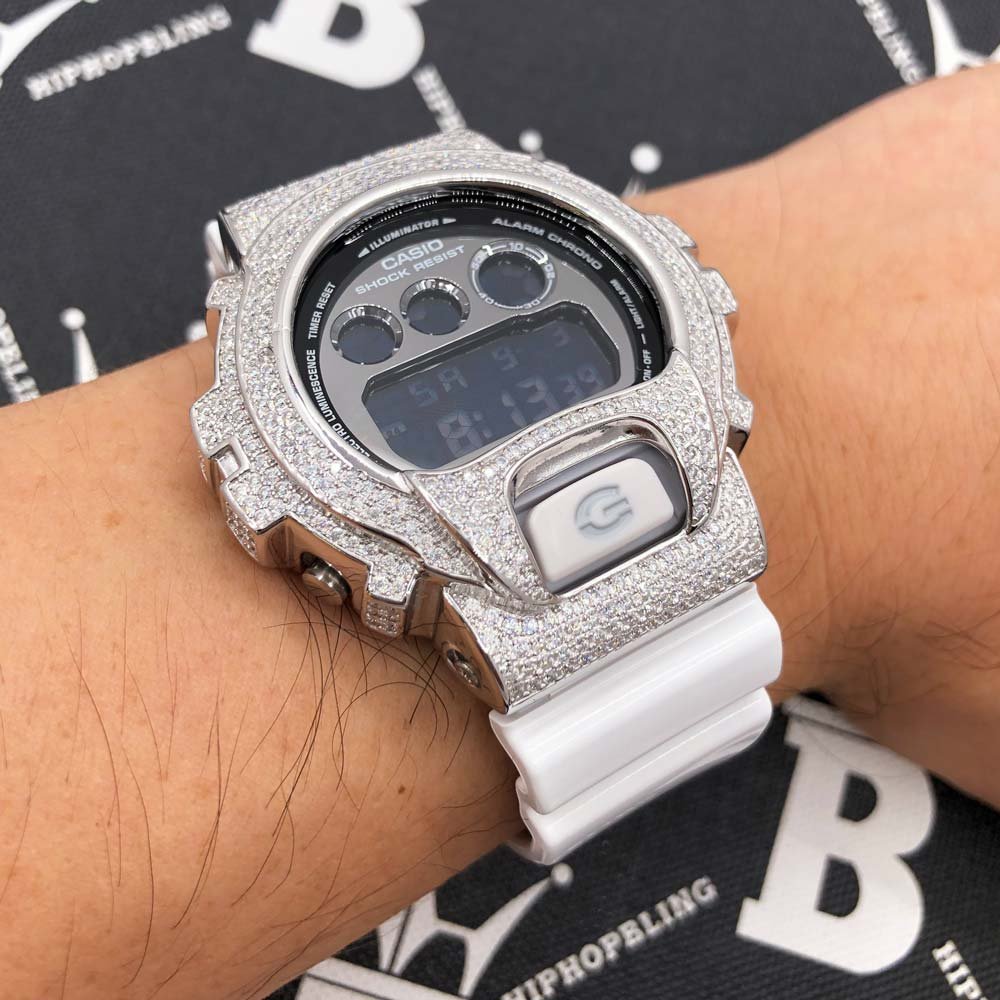
One of the most significant factors influencing the decision between moissanite and diamonds is cost. Let’s explore why moissanite is generally regarded as an affordable alternative to diamonds.
Pricing Structures of Diamonds
Diamonds can be quite expensive, with prices heavily influenced by the 4Cs. The rarity of high-quality natural diamonds, combined with the tradition surrounding them, often leads to steep price tags. Even smaller carat sizes can command high prices depending on the stone’s clarity, cut, and color.
Moreover, the market for diamonds is subject to fluctuations due to supply and demand dynamics, further complicating pricing. This often means that buyers must be prepared to invest a significant amount of money to secure a quality diamond.
Moissanite’s Economic Advantage
On the other hand, moissanite presents an economical alternative. Because it is primarily lab-created, the costs associated with mining and extraction are eliminated. This allows retailers to offer moissanite at significantly reduced prices compared to natural diamonds.
Additionally, moissanite is not tied to the same emotional narratives as diamonds, meaning that marketing costs tend to be lower. Consumers can often find stunning moissanite rings that look nearly identical to diamond counterparts without the hefty price tag.
Overall Value Assessment
While moissanite may be more affordable, it’s important to consider personal values and preferences. For some, the desire for a natural stone with a rich history outweighs the economic benefits of moissanite. Others may prioritize sustainability and ethical sourcing, making moissanite the clear choice.
Ultimately, both options present unique advantages, and understanding your priorities will guide you toward the best fit.
Ethical Considerations: Sustainability and Sourcing

As consumer awareness grows regarding ethical mining practices, many individuals seek to ensure their gemstone choices align with their values. Let’s take a closer look at the ethical implications of both moissanite and diamonds.
The Ethical Concerns Surrounding Diamonds
The diamond industry has faced considerable scrutiny over the years, particularly concerning “blood diamonds” or conflict diamonds. These stones are mined in war zones and sold to fund ongoing violence and human rights abuses. As a result, many consumers remain wary about purchasing natural diamonds, fearing they may inadvertently support unethical practices.
Efforts have been made to improve accountability in diamond sourcing, such as the Kimberley Process Certification Scheme. However, many feel that the system has significant loopholes, leaving room for exploitation and abuse.
Moissanite’s Eco-Friendly Production
In contrast, moissanite is produced in controlled lab environments, which mitigates concerns over environmental degradation and ethical implications. Lab-grown stones require fewer resources and generate less waste compared to traditional mining practices.
Selecting a moissanite ring offers a sense of assurance that the gemstone has no ties to unethical labor practices or abusive conditions. This makes moissanite particularly appealing to environmentally conscious consumers and those focused on ethical sourcing.
Balancing Tradition and Modern Values
Deciding between moissanite and diamonds often involves balancing tradition with modern values. While diamonds have long symbolized love and commitment, moissanite offers a contemporary alternative that respects ethical considerations.
For couples seeking to honor both their love story and their commitment to sustainability, moissanite can represent a perfect union of values and aesthetics. Ultimately, your choice should resonate with your beliefs, lifestyle, and personal brand.
FAQs Regarding Moissanite and Diamonds

What is the main difference in sparkle between moissanite and diamonds?
Moissanite has a higher refractive index, resulting in greater brilliance and fire compared to diamonds. This often leads to moissanite displaying vibrant flashes of color and a more intense sparkle.
Are moissanite and diamonds equally durable?
Yes, both moissanite and diamonds are highly durable. Diamonds rank as the hardest known material on the Mohs scale, while moissanite ranks just below them. Both stones can withstand everyday wear without scratching or damaging easily.
How can I tell if my stone is a moissanite or a diamond?
There are several methods to differentiate between moissanite and diamonds. A professional gemologist can perform tests using specialized equipment, such as a refractometer. Additionally, moissanite exhibits double refraction, which means it splits light into two rays, whereas diamonds do not.
Do moissanite and diamonds have the same resale value?
Generally, diamonds hold a higher resale value than moissanite. This is mainly due to the traditional perception of diamonds as rare and valuable gems. Resale values can vary greatly depending on the market and individual demand.
Can you use moissanite in place of a diamond for an engagement ring?
Absolutely! Many couples choose moissanite as an alternative to diamonds for engagement rings. With its remarkable sparkle, affordability, and ethical production, moissanite is increasingly seen as a valid and beautiful choice for symbolic jewelry.
Conclusion
In the end, the choice between Moissanite vs. Diamond: The Ultimate Sparkle Comparison boils down to personal preference, values, and budget. Both gemstones have their own unique beauty and charm, capturing the hearts of many.
Diamonds carry a legacy of romance and timelessness, but their cost and ethical implications can deter some buyers. Meanwhile, moissanite dazzles with its brilliance, affordability, and eco-friendly qualities.
Ultimately, the best choice is one that reflects your individuality, resonates with your values, and celebrates the love story you share. Whether you select a radiant moissanite or a sparkling diamond, remember that the true treasure lies in the sentiment behind the gem.
